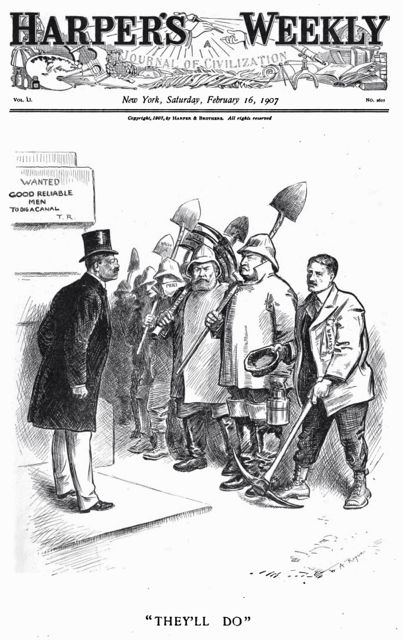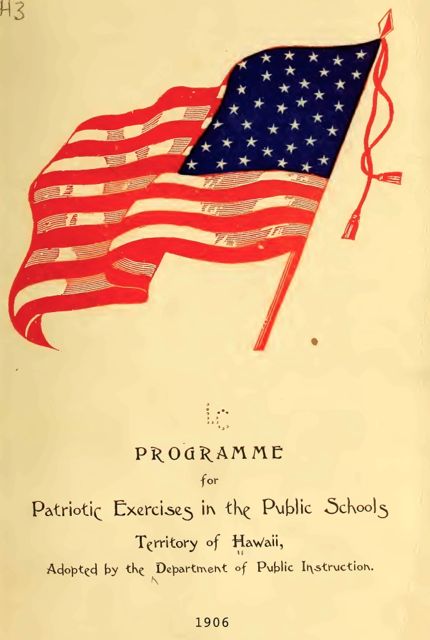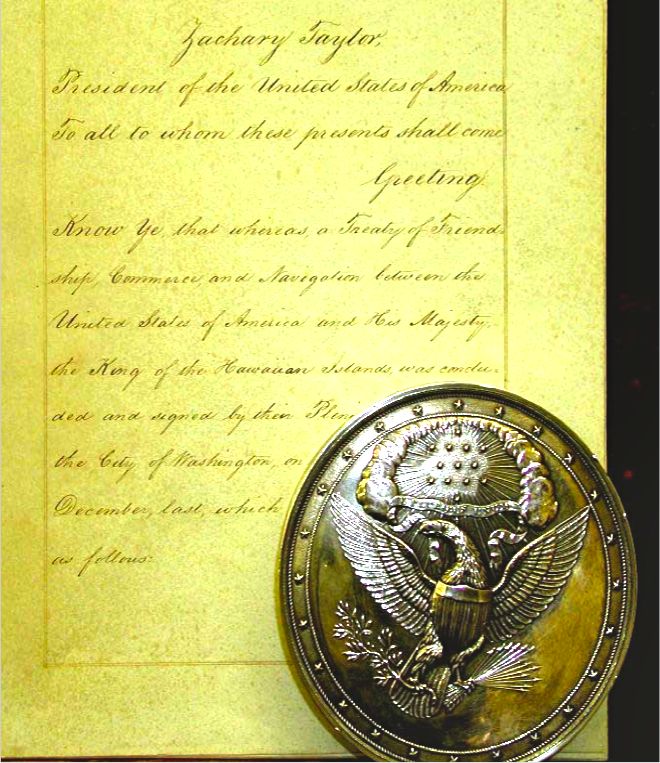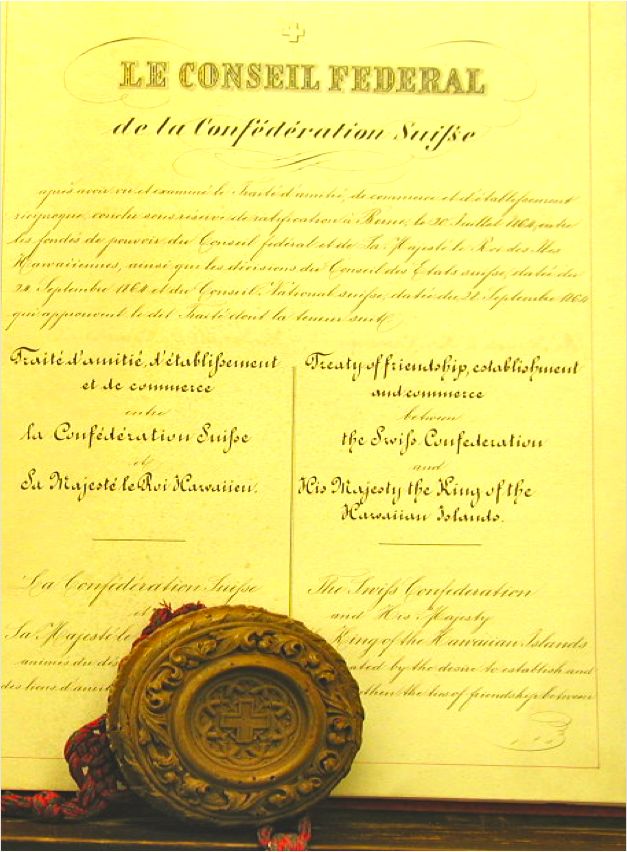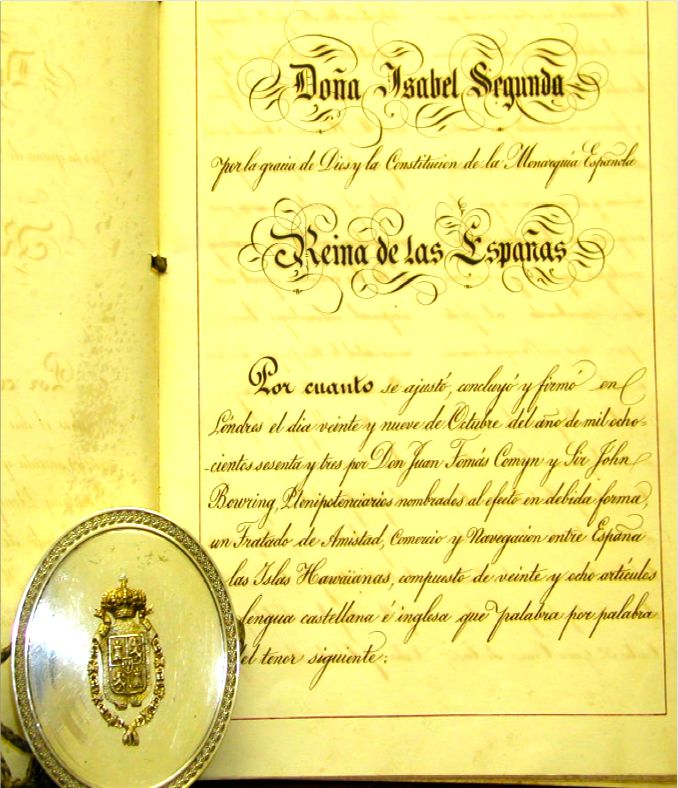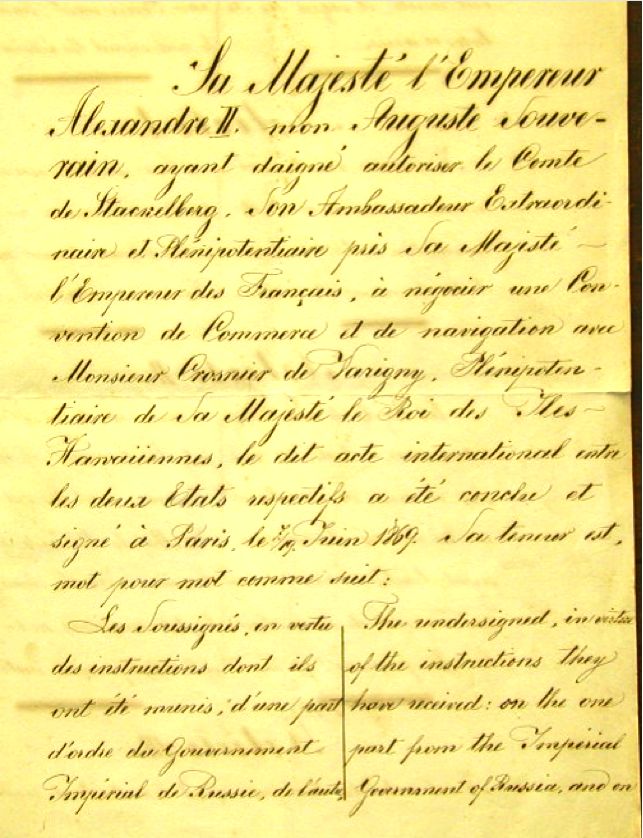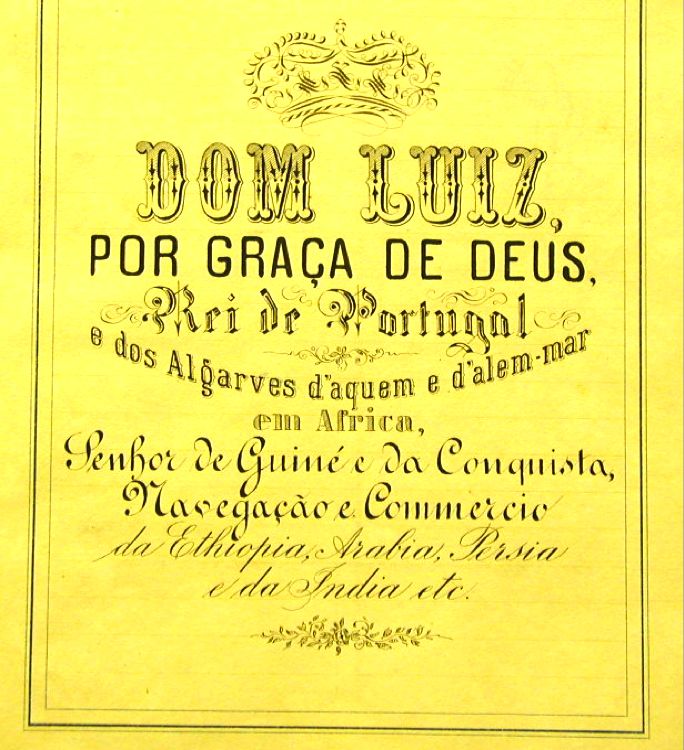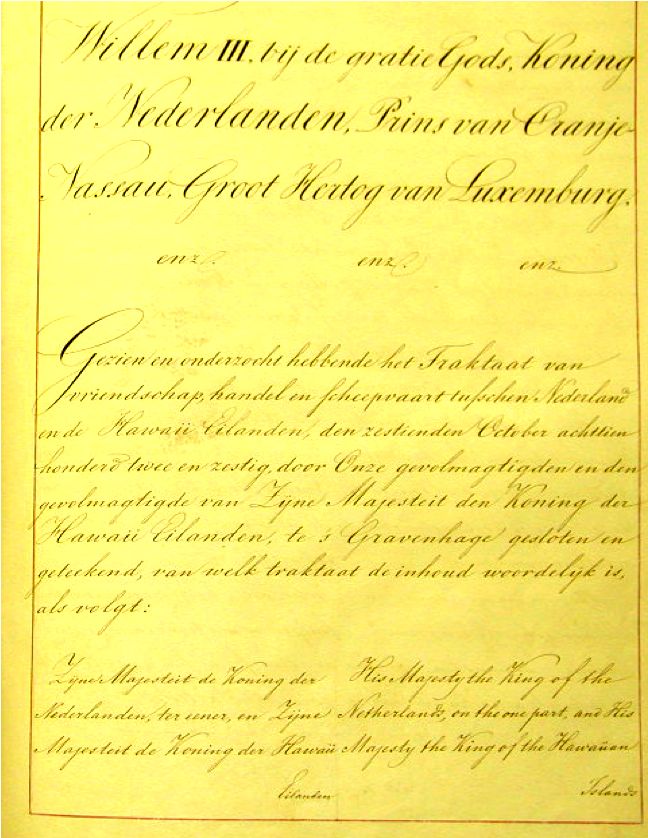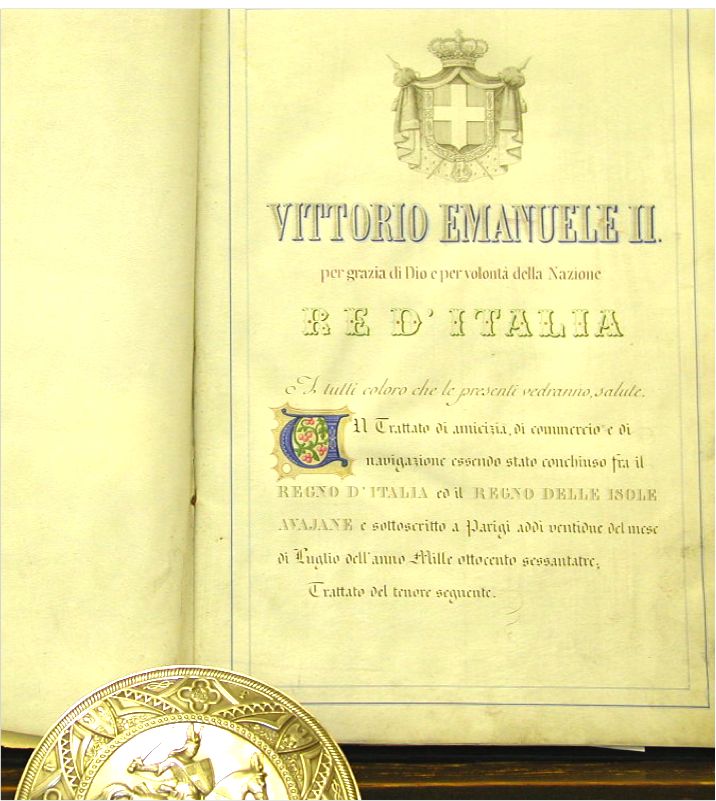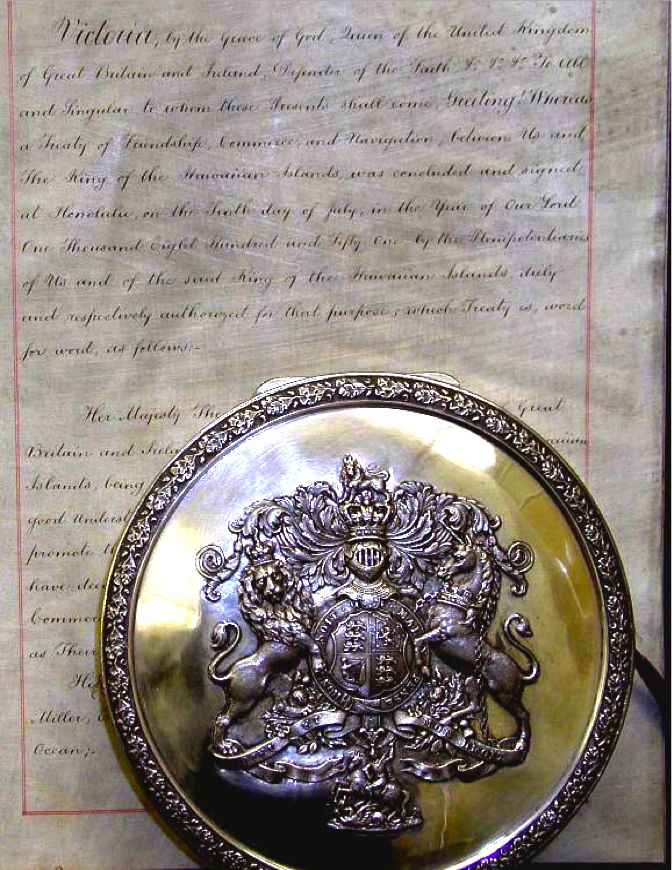In 1907, a reporter from New York’s Harper’s Weekly magazine was in the Hawaiian Islands doing a story on the Territorial government’s “Programme for Patriotic Exercises in the Public Schools” taking place since 1906. His article was titled “Hawaii’s Lesson to Headstrong California: How the Island territory has solved the problem of dealing with its four thousand Japanese Public-School children.” The schools covered in the article are Queen Ka‘ahumanu Elementary School, Princess Victoria Ka‘iulani Elementary School, and Honolulu High School, which was renamed later to President William McKinley High School. All three schools remain in existence today.
-Follow Hawaiian Kingdom news and updates on Twitter: @HKSpokesperson
On page 227, the article reads:
“At the suggestion of Mr. Babbitt, the principal, Mrs. Fraser, gave an order, and within ten seconds all of the 614 pupils of the school began to march out upon the great green lawn which surrounds the building. Hawaii differs from all our other tropical neighbors in the fact that grass will grow here. To see beautiful, velvety turf amid groves of palms and banana trees and banks of gorgeous scarlet flowers gives a feeling of sumptuousness one cannot find elsewhere.
Out upon the lawn marched the children, two by two, just as precise and orderly as you can find them at home. With the ease that comes of long practice the classes marched and countermarched until all were drawn up in a compact array facing a large American flag that was dancing in the northeast trade-wind forty feet above their heads. Surely this was the most curious, most diverse regiment ever drawn up under that banner—tiny Hawaiians, Americans, Britons, Germans, Portuguese, Scandinavians, Japanese, Chinese, Porto-Ricans, and Heaven knows what else.
‘Attention!’ Mrs. Fraser commanded.
The little regiment stood fast, arms at sides, shoulders back, chests out, heads up, and every eye fixed upon the red, white, and blue emblem that waved protectingly over them.
‘Salute!’ was the principal’s next command.
Every right hand was raised, forefinger extended, and the six hundred and fourteen fresh, childish voices chanted as one voice:
‘We give our heads and our hearts to God and our Country! One Country! One Language! One Flag!’
The last six words were shot out with a force that was explosive. The tone, the gesture, the gaze fixed reverently upon the flag, told their story of loyal fervor. And it was apparent that the salute was given as spontaneously and enthusiastically by the Japanese as by any of the other children. There were hundreds of them in the throng, and their voices rang out as clearly as any others, their hands raised in unison. The coldest clod of a man who sees the children perform this act of reverence must feel a tightening at the throat, and it is even more affecting to see these young atoms from all the world actually being fused in the crucible from which they shall issue presently as good American citizens.”
NOTE: In the text under this photo, Harper’s Weekly specifically used the word “inculcate” in the sentence, “The drill is constantly held as a means of inculcating patriotism in the hearts of the children.” By definition, inculcate is to instill an idea, attitude, or habit by persistent instruction. And indoctrination, by definition, is the process of inculcating ideas and attitudes.

